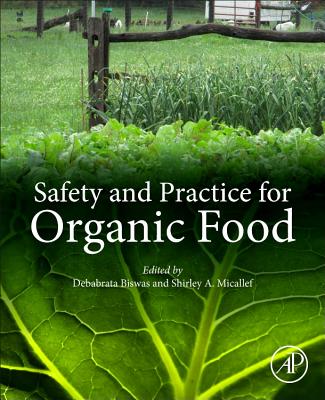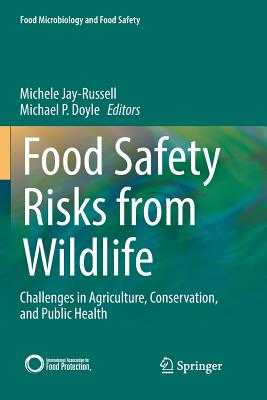Post-harvest Pathology: Plant Pathology in the 21st Century, Contributions to the 10th International Congress, ICPP 2013
暫譯: 收穫後病理學:21世紀的植物病理學,對第十屆國際植物病理學大會(ICPP 2013)的貢獻
相關主題
商品描述
This collection of papers includes some of the presentation given at the International congress of Plant Pathology held in Beijing in 2013 in the session of Recent Development in Postharvest Pathology. Fruit production for human consumption is an important part of the market economy. Any waste during to spoilage and pest infestation, in the field and the postharvest phase, results in significant economic losses which are more pronounced as the losses occur closer to the time of produce sale. Careful handling of perishable produce is needed for the prevention of postharvest diseases at different stages during harvesting. Handling, transport and storage in order to preserve the high quality produce. The extent of postharvest losses varies markedly depending on the commodities and country estimated to range between 4 and 8% in countries where postharvest refrigeration facilities are well developed to 30% where facilities are minimal. Microbial decay is one of the main factors that determine losses compromising the quality of the fresh produce. For the development of an integrated approach for decay management, cultural, preharvest, harvest and postharvest practices should be regarded as essential components that influence the complex interactions between host, pathogen, and environmental conditions. Orchards practices including preharvest fungicide applications can also directly reduce the development of postharvest fruit decay. Among postharvest practices, postharvest fruit treatments with fungicide are the most effective means to reduce decay. Ideally, these fungicides protect the fruit from infections that occur before treatment, including pathogen causing quiescent infections, as well from infection that are initiated after treatment during postharvest handling, shipment and marketing. The implementation of these alternatives techniques often requires modifying currently used postharvest practices and development of new formulation for their applications.
The present chapters deal with the newest report related to postharvest pathology in the world.
商品描述(中文翻譯)
這篇論文集包含了2013年在北京舉行的國際植物病理學大會上,關於後收穫病理學最新發展的會議報告。供人類消費的水果生產是市場經濟中重要的一部分。任何因腐爛和害蟲侵擾而造成的浪費,無論是在田間還是後收穫階段,都會導致顯著的經濟損失,這些損失在距離產品銷售時間越近時越明顯。為了防止在不同收穫階段出現後收穫病害,需要對易腐爛的產品進行仔細處理。處理、運輸和儲存的方式對於保持高品質的產品至關重要。後收穫損失的程度因商品和國家而異,估計在後收穫冷藏設施發達的國家範圍在4%到8%之間,而在設施較少的國家則可達30%。微生物腐爛是影響新鮮產品質量損失的主要因素之一。為了發展一種綜合的腐爛管理方法,應將文化、收穫前、收穫和後收穫的實踐視為影響宿主、病原體和環境條件之間複雜相互作用的基本組成部分。果園的做法,包括收穫前的殺真菌劑施用,也可以直接減少後收穫水果腐爛的發展。在後收穫實踐中,使用殺真菌劑進行後收穫水果處理是減少腐爛的最有效手段。理想情況下,這些殺真菌劑能保護水果免受治療前發生的感染,包括導致潛伏感染的病原體,以及在後收穫處理、運輸和銷售過程中治療後發生的感染。實施這些替代技術通常需要修改目前使用的後收穫實踐並開發新的配方以便應用。
本章節涉及與全球後收穫病理學相關的最新報告。












